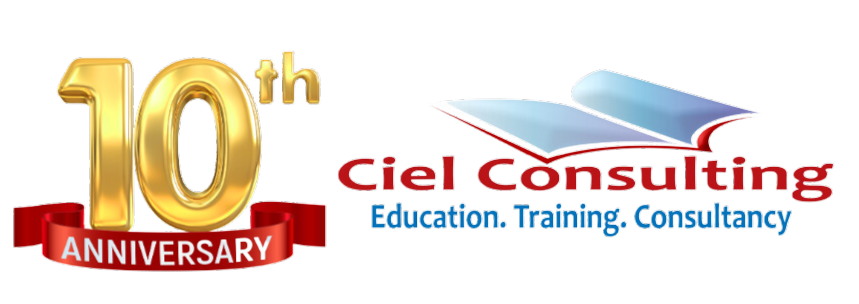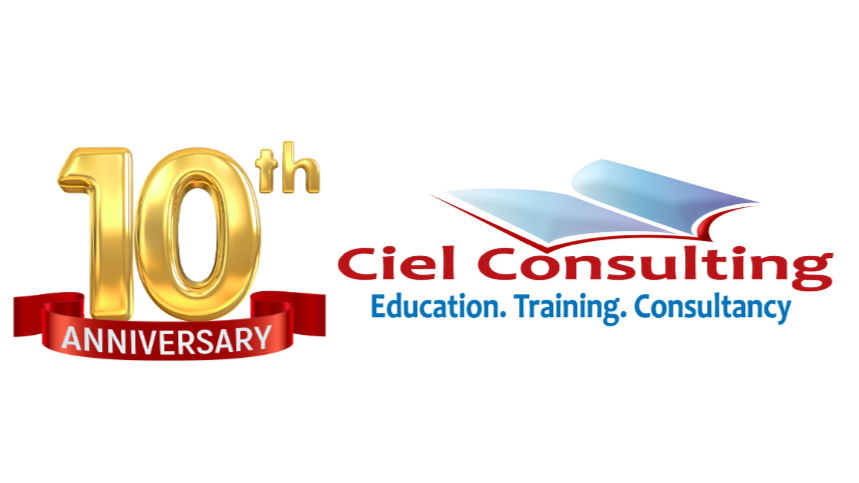My PMP Experience. Nonye Nwokolo.
Emmanuel Nonyelum Nwokolo PMP. Business Developer, Diamond Bank
These are the 5 study resources (well the last one is simulator for test practice) that I used for my preparation.
HeadFirst PMP (I read this before PMBOK),
PMBOK Guide V.
RITA Mulcahy, updated 8th Edition (read along with PMBOK)
RITA FAST TRACK (Exam Simulator)
My PMP exam study plan
1. I started the journey with classroom training at Ciel Consulting for 35 PM contact hours. It’s very important that you select an institute with a good trainer. I was fortunate to get trained under Mr. Esedebe Obalim PMP. He broke down the topics in very simple and easy to follow examples.
2. Since I was working, I could only manage to spend 2-3 hours for studying (during weekdays) which got me worried in the beginning on whether I would be able to do sufficient revisions to pass, but I promised myself to be persistent.
3. During free time, I used to solve questions for practice from
http://www.projectmanagement.com/questions (PM Challenge) and
http://www.examcentral.net/pmp/pmp-exam-questions.
I also used some Android apps like PMP Exam(Free),
PMP Exam Prep.
4.I read PMBOK and Updated RITA’s book twice, took down notes while studying and revised only those notes.
5.After reading the books, I started taking mock tests from Rita Fast Track Simulator, wherein I was scoring between 80-90%.
6.Alternately I took mock tests from EPMC. These tests were way more difficult than the main PMP exam, because of which I could prepare for questions with higher level of difficulty. I was scoring 70-75% in them.
The Exam day
I did the Paper Based Exam at Meadow Hall School in Lekki.
I reached the exam venue an hour before my exam, to get myself comfortable. I have always been a nervous test-taker, but I still tried to be very calm before and during the exam.
The exam was well organized. We were checked and signed in at the reception. After which we were ushered in to our already numbered chairs. First the questions papers were distributed sealed. Then the Procter read the exam rules to us. We were also give Pencil and Eraser.
Shortly after we were given the answer sheet. At exactly 10am the exam started.
There were many situational questions on the exam related to project charter, business case, lessons learned, managing stakeholders and communication. The exam seemed to focus much on Integration Knowledge Area, the Perform Integrated Change Control (PICC) to be precise.
There were very few numerical questions on EVM, PERT and EMV. I think about 3 questions were numeric.
No straight forward ITTO questions, but given a situation, questions were asked on what would be the most appropriate tool & technique or input to be used.
The exam indeed reflects the new changes of the exam content outline, so it’s better to prepare these topics thoroughly. The Updated Rita Exam Prep book was really helpful here
Overall I found the questions easy to solve except for some questions whose answers were actually tricky and hard to make a choice from the options.
Final round of suggestion and advice
Read the PMBOK and Updated Rita Exam Prep for at least 2 times, if possible memorise important areas.
My set of papers were filled with lot of questions on Integration and Procurement knowledge areas. You may get a concentrated set of questions on any one or two KAs, so please focus on ALL KAs equally.
Try mock tests only with situational questions. Straight forward questions are of no use. The new pattern had 100% situational questions.
You may find the real exam much difficult than what you imagine so mentally be prepared for it, and stay as calm as possible.
Finally attempt lot of mock tests – practice alone can get this exam passed.
Good luck!


